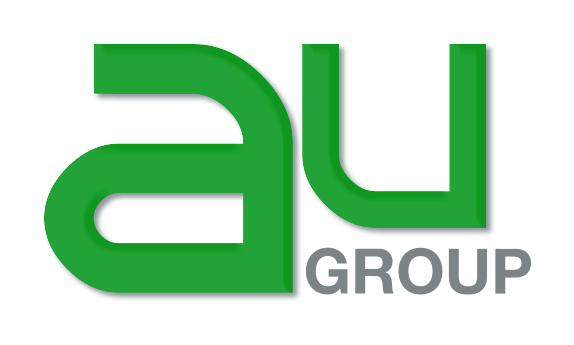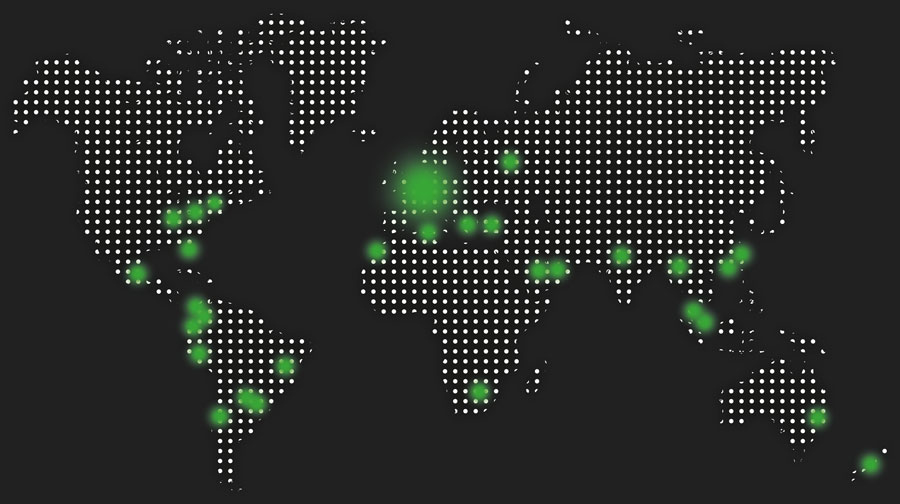
News and issues from credit management IT tools
The Financial and Administrative Directors Congress held in July 2013 concluded that whilst the fall in bank loans hampered many businesses weathering the current financial crisis, finding cash remained at the biggest current concern for CFOs.
IT suppliers in Credit management platform solutions have been quick to react, offering flexible solutions aiming at optimising cash flow and reducing Days Sales Outstanding (DSO). So why go looking for additional cash sources when accounts receivables represent a company’s main asset and potential in-house resource ?
This demand is accompanied by a good number of suppliers. Key players include SUNGARD, SIDETRADE, THEOTIS, ASTON, EDGETEAM, INTELLIMIND, DIMO GESTION… to name but a few. It would be over simplistic to say that these software products are merely IT tools for managing the DSO. They have the capacity to focus on either the client’s credit management (i.e. recovery) or cover more extensively the O2C (Order to cash) process. For instance, they facilitate the:
– Driving the credit management process: Consolidating, analyzing, generating reports on receivables (per country sales, per business sector, per subsidiary, monitoring of the DSO);
– Risk management (credit scoring, claims follow-up, debt collection , disputes, credit insurance management);
– Optimisation of funding by providing financial partners (banks, factors , … ) with extensive information on clients so as to maximize financing (factoring, securitisation).
Automated credit insurance has been the latest development to hit the market in 2013. This technology tracks outstandings, automatically generating credit limits as and when required so as to get maximum benefit from the credit insurance policies. To support the full life cycle of sales, EULER HERMES and SIDETRADE joined forces to offer “Euler Hermes Intelligence by Sidetrade !” and ATRADIUS and ASTON ITRADE FINANCE, “Credit–Power,” boosting an already fast-growing market.
Another advantage of these IT programmes (which increasingly use SaaS technology) is the sharing of information between all the teams and departments involved in the company itself (finance, customer service, sales and marketing teams). Its “cross-disciplinary” nature involving the interaction of numerous teams and departments within a company makes it crucial to carry out meticulous background work beforehand.
Client references posted by these providers are impressive. Be it for a multinational or a small business, these solutions are generally simpler and cheaper to set up than conventional ERP’s.
But be forewarned! Choosing such a package is not an easy task: technical specifications, capabilities and features can vary enormously and not all providers offer the same service. Before making a final choice a client will require support. A working framework will need to be put into place that covers the whole cycle from beginning to end.

